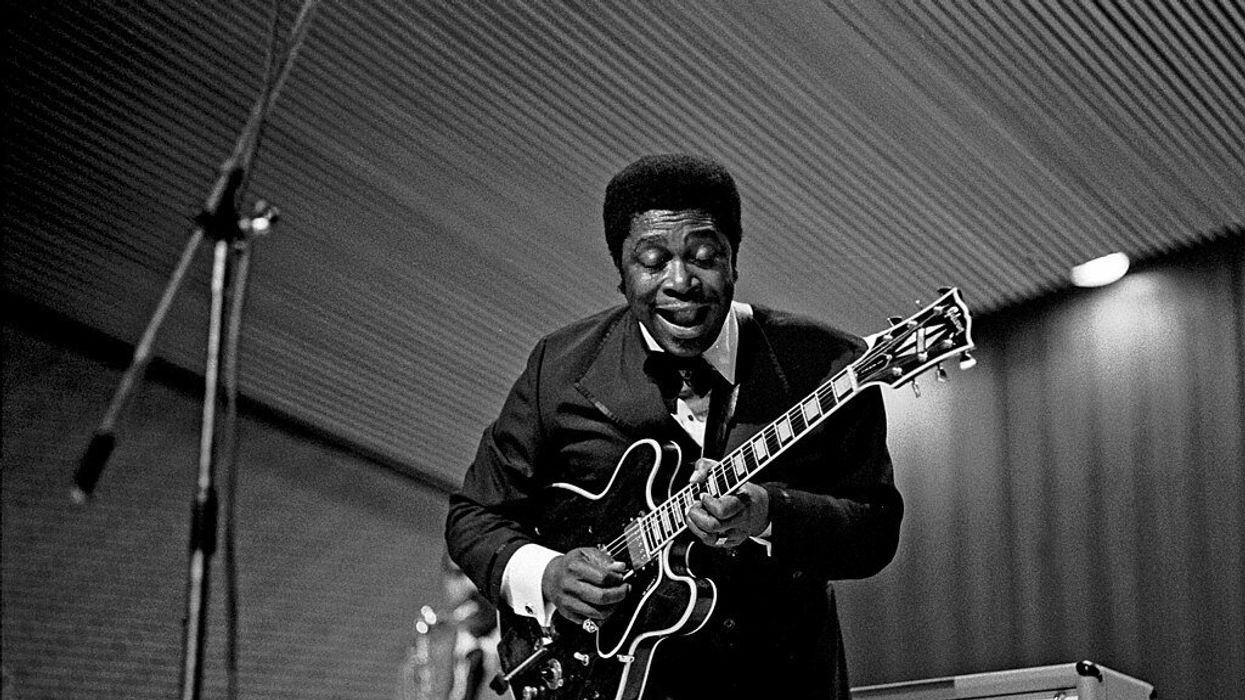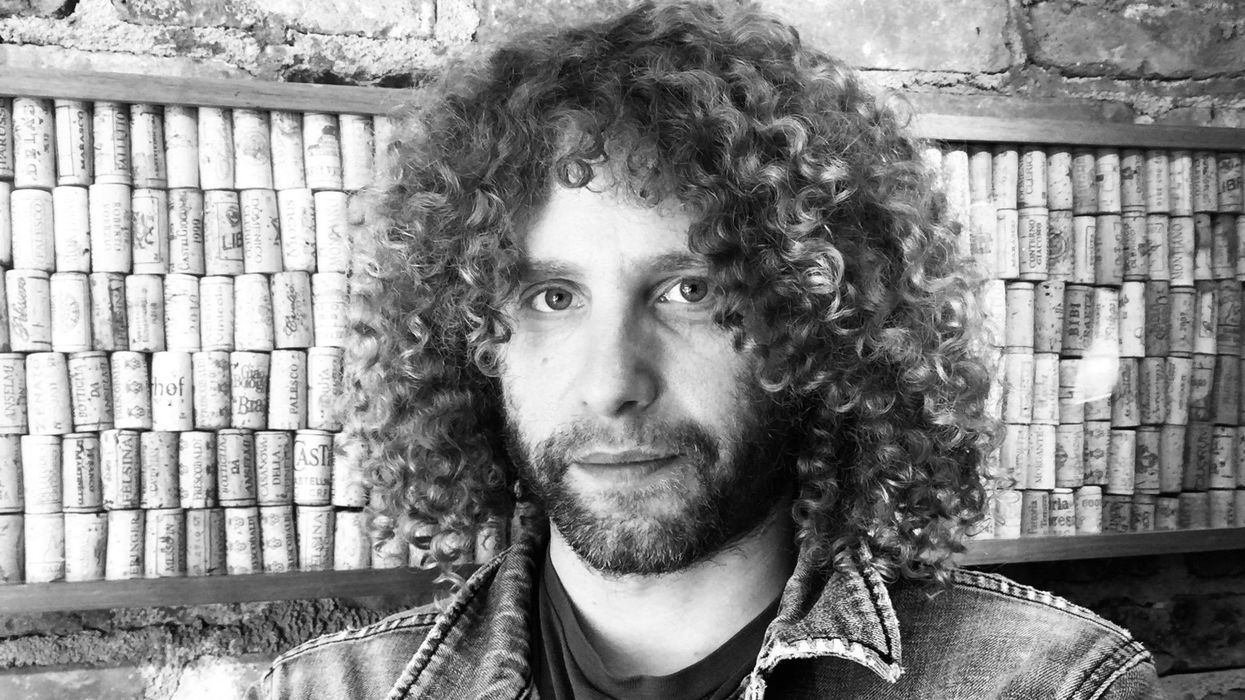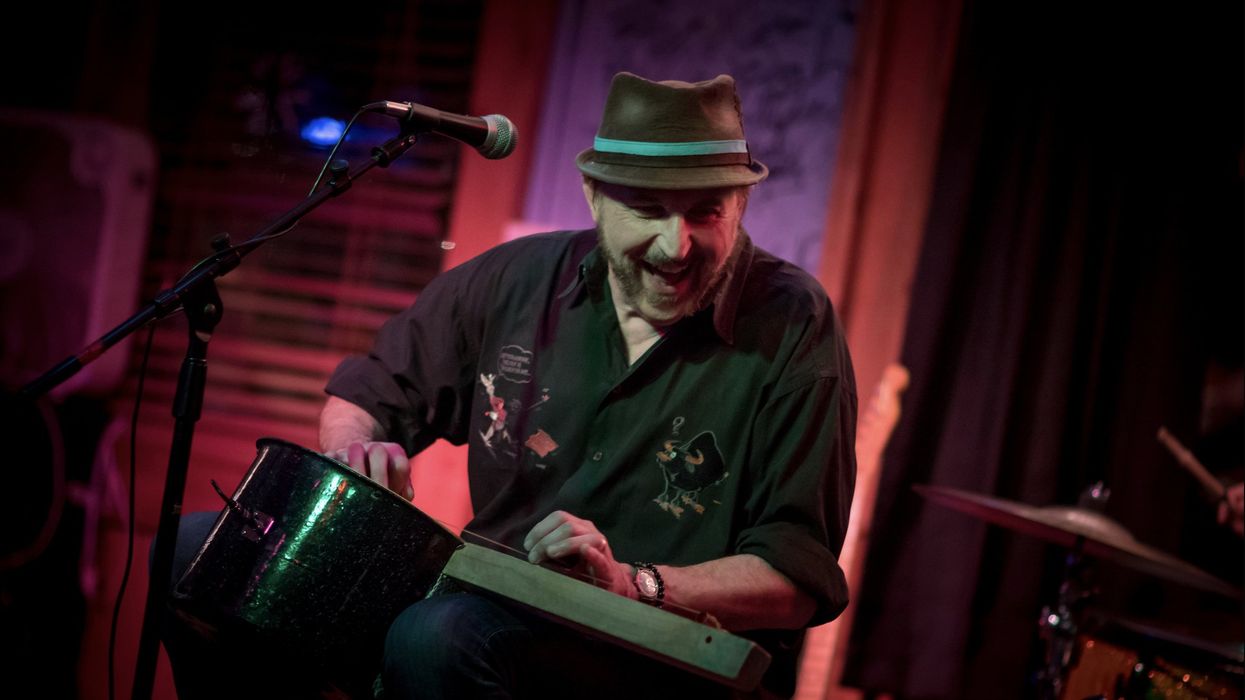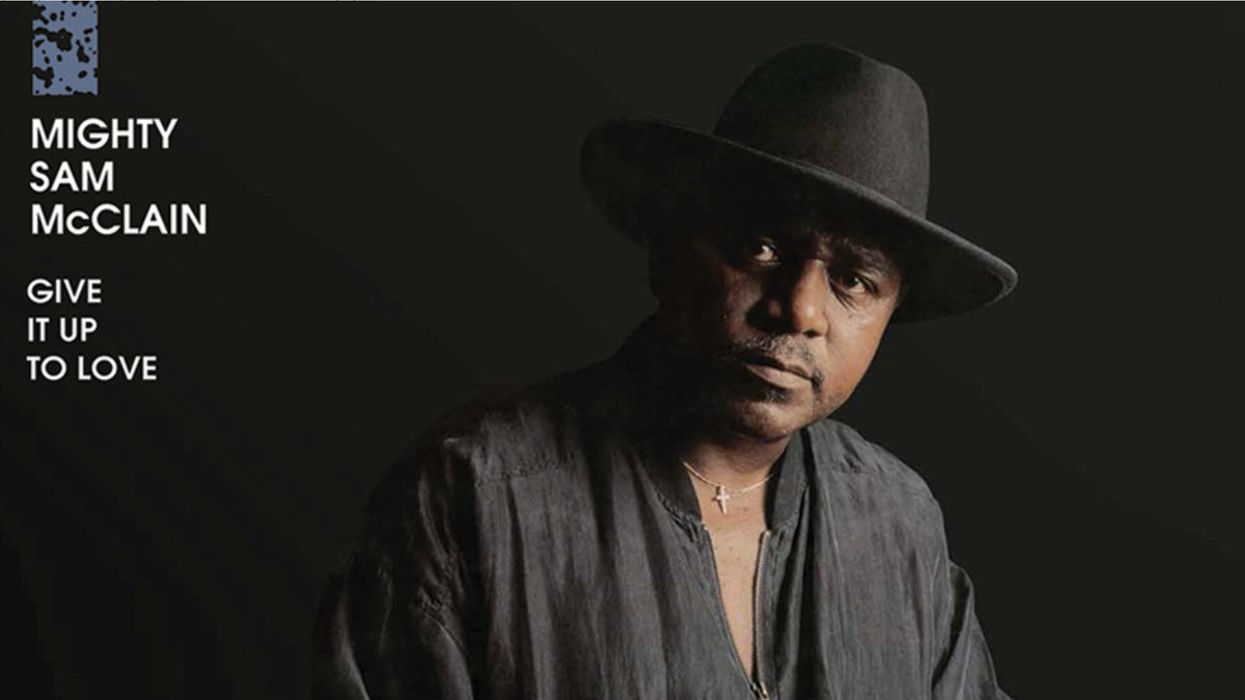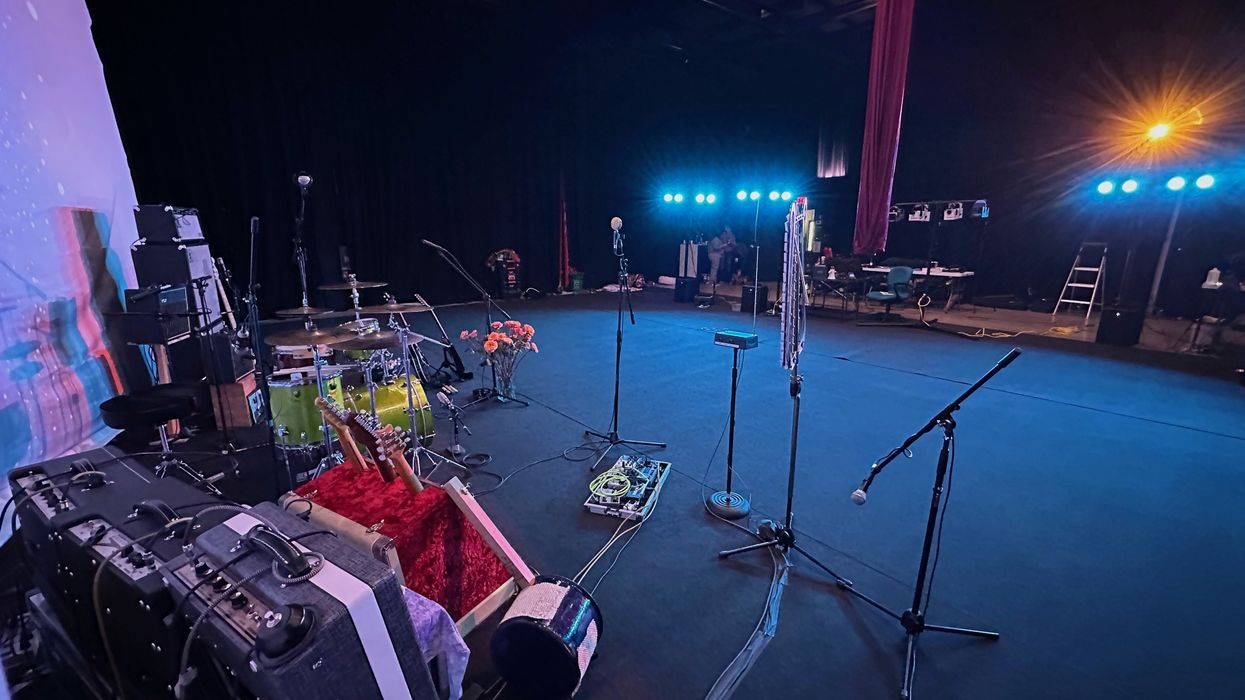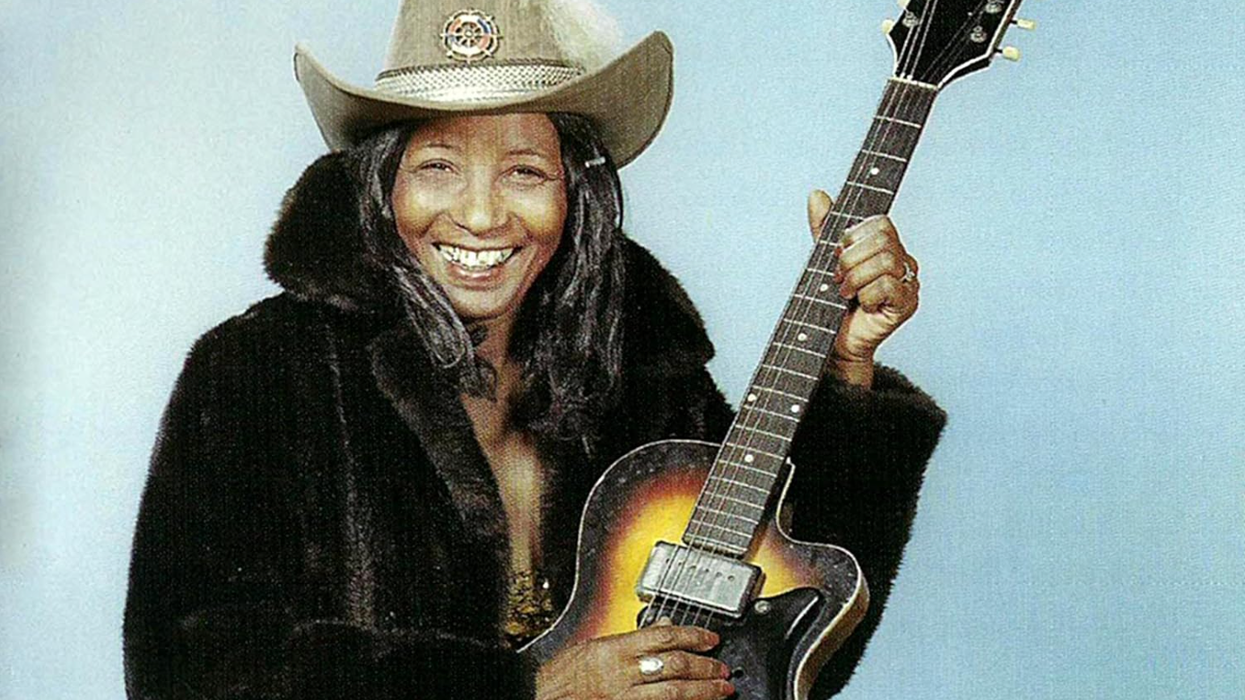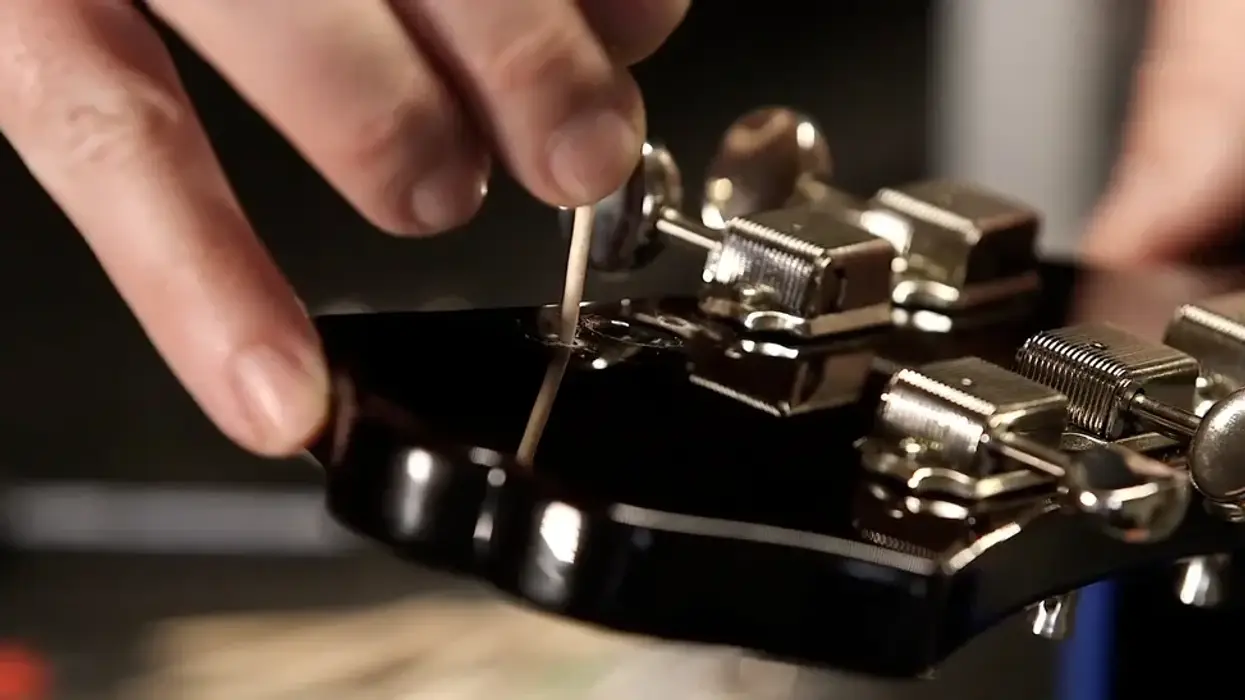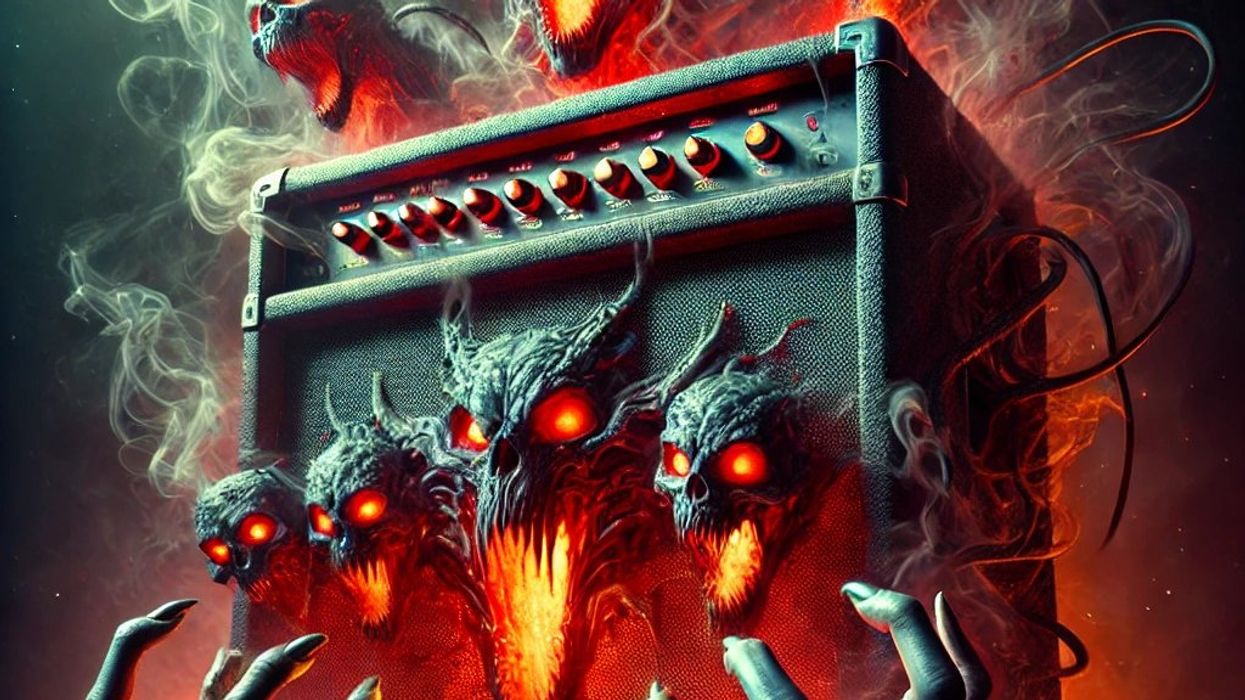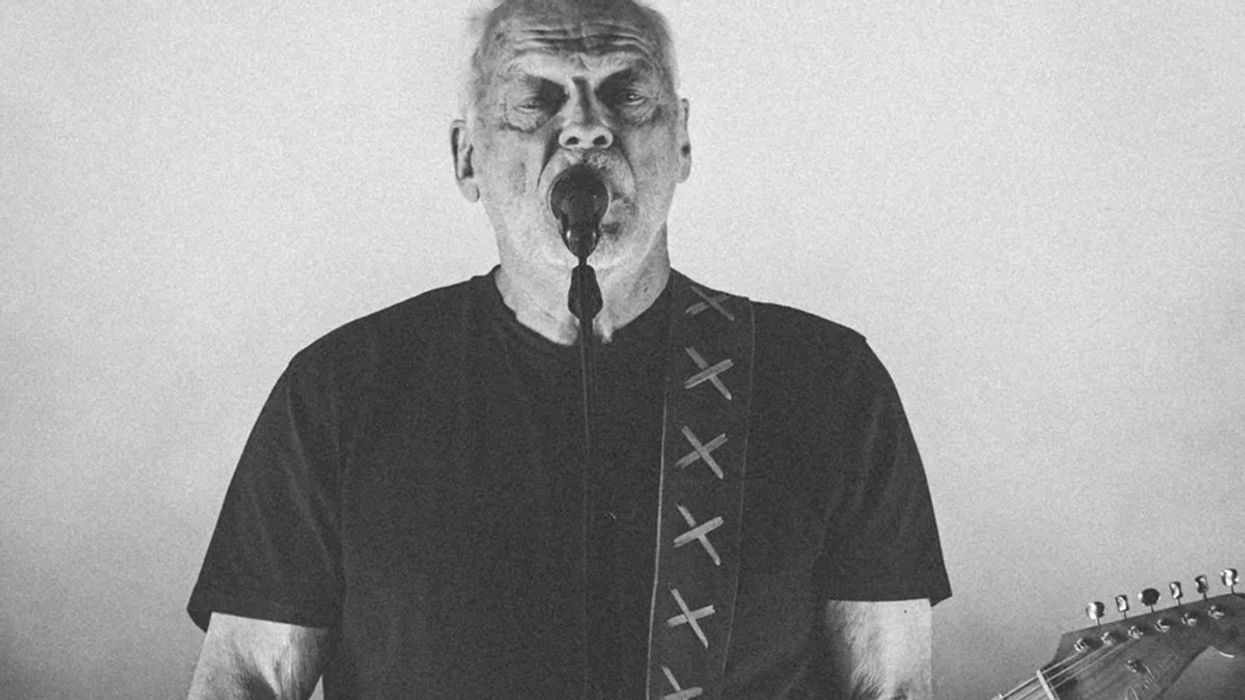It’s a common misconception that Nashville, my adopted hometown, got its Music City nickname because of the country music industry. It was actually inspired by the Fisk Jubilee Singers, the Grammy-winning gospel-vocal powerhouse from Fisk University that was formed in 1871 and toured the U.S. and Britain over the next two years. As the story goes, Queen Victoria declared that Nashville must be a “city of music” to spawn such a glorious ensemble.
But there’s more to the tale. From 1935 to 1965, Nashville was arguably the epicenter of Black American music. Along the 30 blocks straddling Jefferson Street—Nashville’s own “Black Wall Street”—were a host of clubs, including Club Baron, Club Stealaway, the Del Morocco, and the Black Diamond, that showcased live music from 7 p.m. until 3 a.m. every weekend. And the roster of talent included a who’s who of national acts—Count Basie, Ray Charles, Ike & Tina Turner, B.B. King, Otis Redding, Etta James, Little Richard, Hank Crawford, James Brown—and formidable locals like Johnny “Blues Boy” Terrell, Gene Allison, Jimmy Church, Marion James, Charles “Wigg” Walker, Frank Howard, and two highly notable guitarists: Johnny Jones, the big dog of Nashville rhythm & blues guitar, and young upstart Jimi Hendrix.
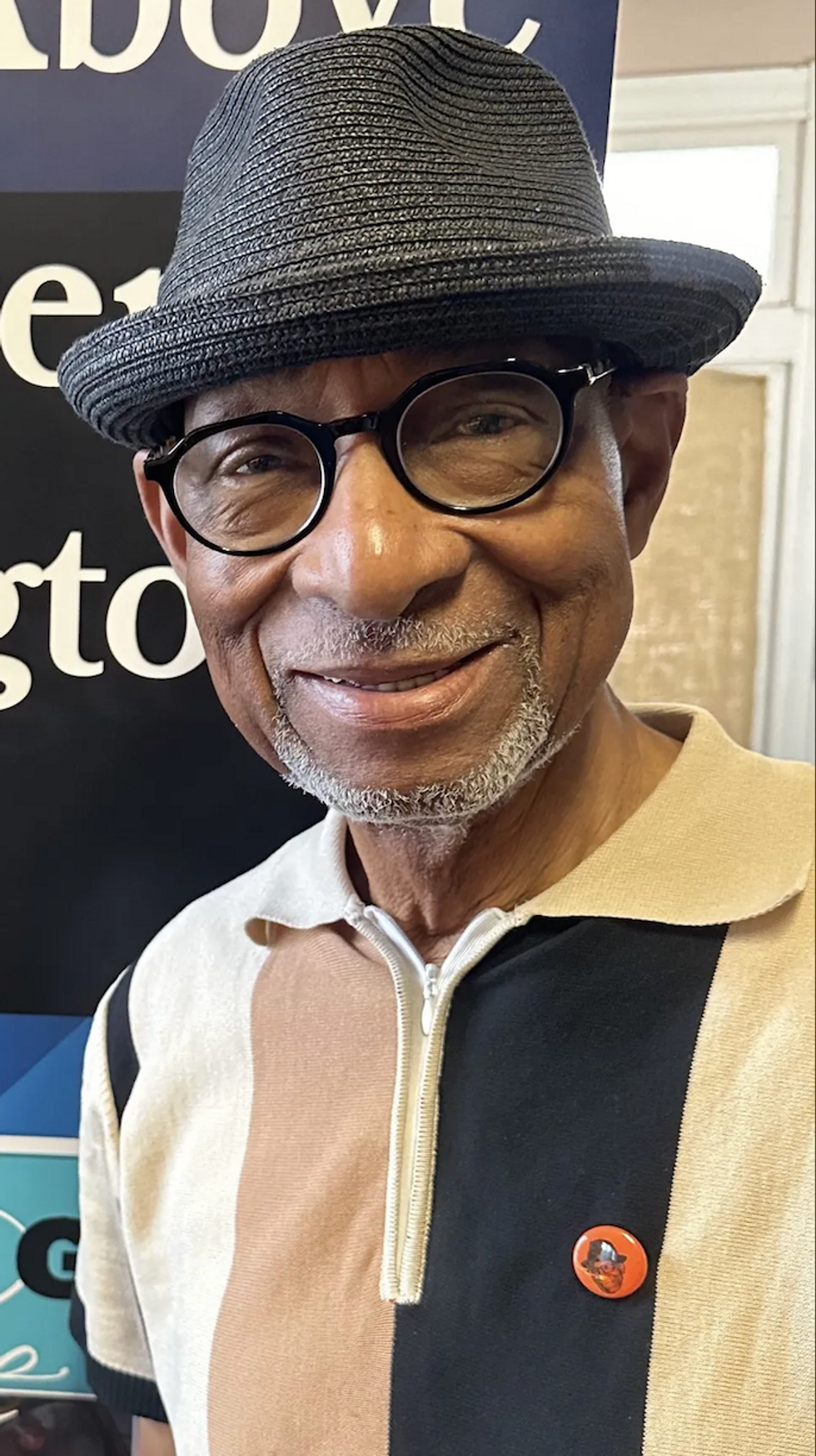
Lorenzo Washington is the founder, guide, and curator of the Jefferson Street Sound Museum, where he provides a living introduction to the Black-music culture that first defined Music City.
But there’s still more to the story. In 1946, Nashville’s WLAC became the first major radio station to play R&B records, defying the city fathers and Jim Crow. Its signal reached 28 states and three Canadian provinces, making WLAC the platform by which Black music was introduced to the mainstream. WLAC’s impact on the sales of the indie labels recording Black artists at the time was tremendous.
Not only that. In 1964, Night Train, filmed at WLAC-TV, became the first syndicated R&B television show. Hosted and programmed by Noble Blackwell (who would eventually have an influential career in radio), and with an all-Black cast, Night Train featured local and national acts, and was the template for Soul Train.
“A host of clubs, including Club Baron, Club Stealaway, the Del Morocco, and the Black Diamond, showcased live music from 7 p.m. until 3 a.m. every weekend.”
After two years, pressure from the owners of the Grand Ole Opry caused WLAC’s owners to cancel Night Train, which the Opry perceived as a threat to ticket sales, according to Blackwell’s widow, Katie, and performers Church and Howard. And the radio station’s new management also pulled the plug on its R&B programming. At the same time, Nashville’s establishment—which had long waged a cultural war against the Black community along Jefferson Street—managed the coup de grâce they’d sought for decades by redlining and constructing Interstate 40 through the heart of Jefferson, where bridge abutments now mark the location of some of these historic clubs.
Today, most of the entertainers, DJs, and entrepreneurs responsible for Nashville’s—and therefore, in part, the nation’s—R&B revolution are dead, although on a lucky night you can still hear Walker, Church, or Howard turn back time onstage. But all of those memories and as much history as you can fit into the ground floor of a small house can be found at the Jefferson Street Sound Museum. For the past 23 years, the Museum at 2004 Jefferson has been the passion project of Lorenzo Washington. He secured the building in 2011 for a studio, but a year later felt a calling to create a temple dedicated to preserving Jefferson Street’s musical legacy—an urgency amplified as the local players who were there expired.
When you go to the Jefferson Street Sound Museum, you’ll find plenty of artifacts, from period-correct guitars to the old WLAC broadcast board, and handbills, posters, autographed photos, and ephemera. But the most important exhibit is Lorenzo. Beginning in the late 1950s, he was on the scene, as a fan and friend to the musicians, and even as a driver for songwriter and producer Ted Jarrett.
At 81, Lorenzo’s memory and storytelling skills are exquisite. Warm-hearted and welcoming, he can talk about Hendrix’s days as a maverick in the world of straight R&B, of the menus served while the musicians entertained, of B.B. King driving dancers to a frenzy, and even about the Nashville Stars, the city’s beloved Negro League baseball team that was bankrolled by Sou Bridgeforth, a numbers operator and the owner of the New Era Club, where Etta James recorded her blazing Rocks the House album in 1963. For his work preserving Music City’s foundational music culture, Lorenzo has been honored by the city with Lorenzo Washington Day and is the subject of a living legends exhibit at the National Museum of African American Music (NMAAM) in downtown Nashville.
So, if you’re coming to Nashville, you’ll want to visit Broadway, and the big attractions like the Country Music Hall of Fame and Museum and NMAMM. But if you really want to learn about the roots of Music City, go to 2004 Jefferson Street, and have a conversation with history.


